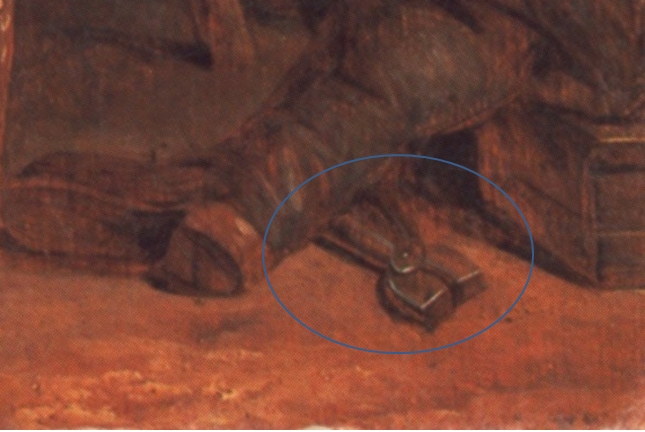Many of the illustrations of the medieval and renaissance show shoemakers working without any visible form of apron to protect their clothes. However, as you get to the 15th and 16th centuries, aprons become more common, and once you are in the 17th century, one is hard pressed to find a shoemaker or cobbler without an apron. By the 18th century, it is documented as an essential part of the shoemaker’s kit in Garsault’s work on shoemaking. As such, let us focus on the earlier examples which are fewer and far between.
There are many tradeskills that require the use of an apron, from bakers, cooks, and black smiths, to name just a few. Their aprons differ from each other in some ways, but as this focus is on shoemakers, we will focus on evidence accordingly, but noting that other trades can often wear similar aprons. As a cookie, here is an image from the 1555 “Das Hausbuch der Mendelschen” in the Stadtbibliothek Nürnberg showing a waist-tied apron.
Most of the bona fide images of shoemaker’s aprons come from the 15th and 16th centuries, though the aprons styles reflected could also have been worn by other trade skills as mentioned above.
Continue reading Cover it with your apron…



